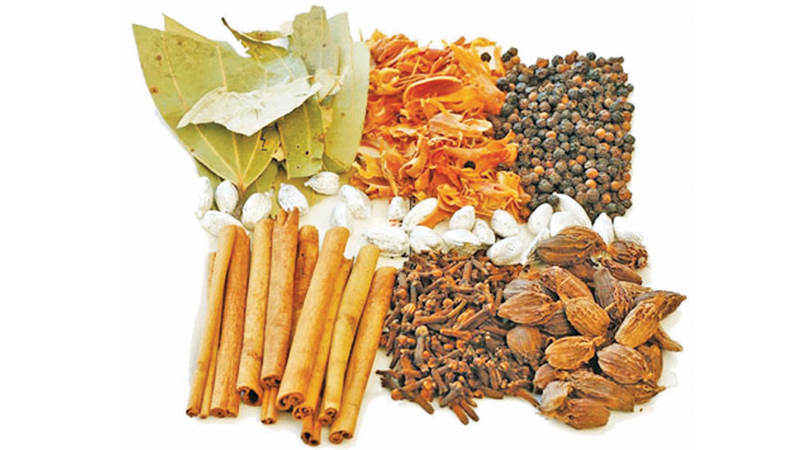The share of Sri Lanka’s total exports to the South Asia Sub regional Economic Cooperation (SASEC) countries increased from 6% to 8% within a period of 13 years (2002–2015), which is remarkably lower than its exports to the rest of the world.
Of all SASEC countries, India is the most important export market for Sri Lanka. India’s average exports to Sri Lanka during this period were five times higher than Sri Lanka’s average exports to India.
While 83% of Sri Lanka’s total exports to SASEC countries went to India, 99% of Sri Lanka’s total imports from SASEC countries were sourced from India, according to Sri Lanka national study done by Asian Development Bank on Potential Exports and Nontariff Barriers to Trade. Both exports to and imports from Bhutan and Nepal were negligible throughout 2002–2015.
Low intra-SASEC trade has been attributed primarily to Non Trade Barriers (NTBs) given the substantial reduction of high tariffs under the Agreement on the South Asian Free Trade Area (SAFTA), together with other regional and bilateral agreements.
The national diagnostic audit of sanitary and phytosanitary (SPS) and technical barriers to trade (TBT) infrastructure of Sri Lanka points to various gaps in respect of both SPS and TBT scenarios. In the case of SPS, the analysis shows various legal, institutional, and infrastructure gaps in the current SPS structure of Sri Lanka. According to the study, these include outdated and poorly designed legislation, which fails to consider the latest developments in the field and international best practices, failure to review or update for at least 25 years; weak coordination among regulatory authorities, duplication and or overlapping functions leading to inefficiencies in conformity assessment; and shortage of infrastructure, especially laboratory facilities.
It was also found that a lack of institutional and human capacities was a major constraint facing Sri Lanka’s regulatory authorities as well as Sri Lanka Standards Institution (SLSI) and the Sri Lanka Accreditation Board (SLAB). In the case of TBT, major legal, institutional, and infrastructure gaps related to TBT Structure of Sri Lanka include the need to strengthen SLSI and Measurement Units Standards and Services Department (MUSSD), which are unable to meet the demand for formulation and adoption of standards due to the shortage of both institutional and human resources.
The report also highlights the need to develop laboratories in Sri Lanka that currently do not have the requisite facilities to test products identified under technical regulations. It was also found that calibration laboratories are not equipped properly to provide test services in different fields and, in particular, for new products and services.
Also, the report stated that the national product certification mark, the Sri Lanka Standard (SLS) mark has not yet been accredited and, hence, is not recognized internationally: this negatively impacts exportable products.



Add new comment